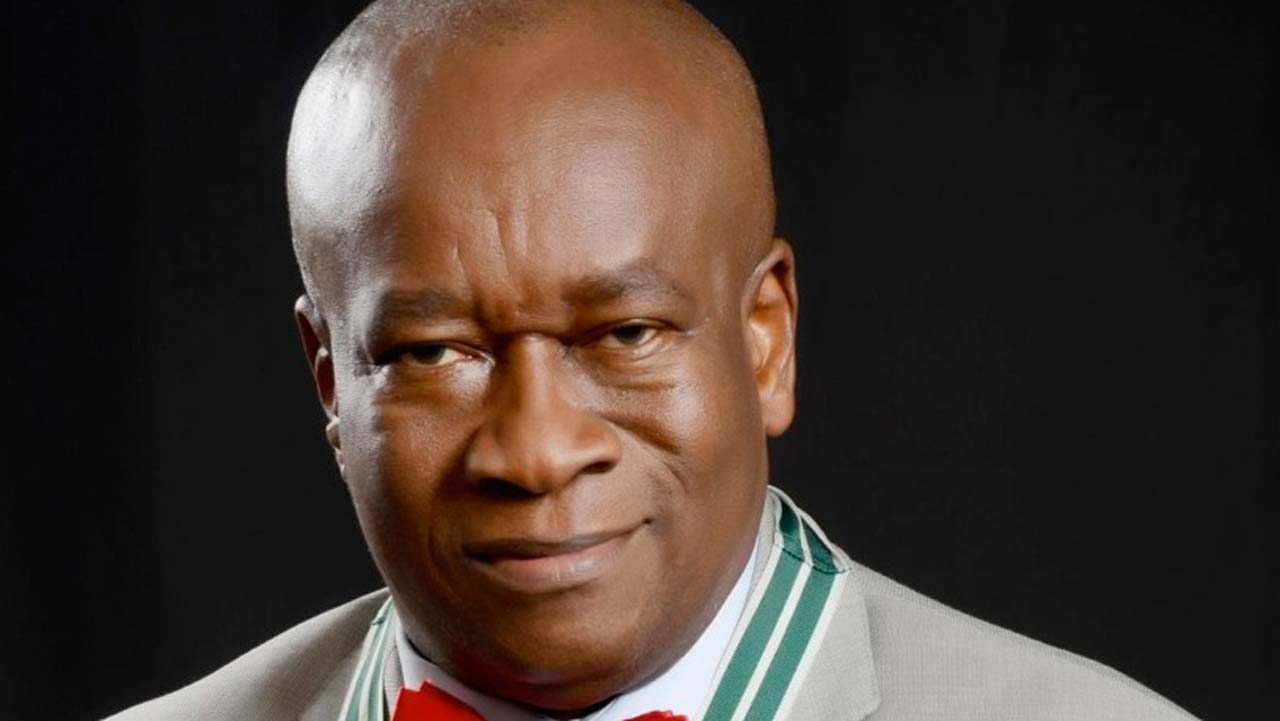[ad_1]
Existing-home sales in January reached their fastest pace in nearly a decade, with all major regions except the Midwest posting gains last month, the National Association of REALTORS® reports.
Sales By Region
Here’s how existing-home sales fared across the country in January:
- Northeast: Rose 5.3 percent to an annual rate of 800,000, 6.7 percent above a year ago. Median price: $253,800, which is 2.5 percent above a year ago.
- Midwest: Dropped 1.5 percent to an annual rate of 1.29 million, 0.8 percent below a year ago. Median price: $174,900, up 6.5 percent from a year ago.
- South: Increased 3.6 percent to an annual rate of 2.31 million, 3.1 percent above a year ago. Median price: $201,400, up 9.2 percent from a year ago.
- West: Rose 6.6 percent to an annual rate of 1.29 million, 8.4 percent above a year ago. Median price: $332,300, up 6.8 percent from a year ago.
Source: National Association of REALTORS®
Total existing-home sales—completed transactions that include single-family homes, townhomes, condos, and co-ops—rose 3.3 percent to a seasonally adjusted annual rate of 5.69 million in January. That’s 3.8 percent higher than a year ago and marks the strongest month since February 2007, according to NAR.
“Much of the country saw robust sales activity last month as strong hiring and improved consumer confidence at the end of last year appear to have sparked considerable interest in buying a home,” says NAR chief economist Lawrence Yun. “Market challenges remain, but the housing market is off to a prosperous start as home buyers staved off inventory levels that are far from adequate and deteriorating affordability conditions.”
5 Stats to Gauge the Market in January
- Home prices: The median existing-home price for all housing types in January was $228,900—a 7.1 percent increase from a year ago.
- Inventories: Total housing inventories at the end of the month increased 2.4 percent to 1.69 million existing homes available for sale. That is still 7.1 percent lower than a year ago (with a 1.82 million supply). Unsold inventory is at a 3.6-month supply at the current sales pace.
- Distressed sales: Foreclosures and short sales made up 7 percent of all sales last month, down from 9 percent a year ago. In January, 5 percent of sales were foreclosures and 2 percent were short sales. Foreclosures sold at an average discount of 14 percent below market value, while short sales were discounted 10 percent.
- All-cash sales: All-cash transactions comprised 23 percent of transactions in January, down from 26 percent a year ago. Individual investors make up the bulk of all-cash sales. They purchased 15 percent of homes in January, down from 17 percent a year ago.
- Days on the market: Thirty-eight percent of homes sold in January were on the market for less than a month. On average, sold properties spent 50 days on the market, down from 64 days a year ago. Short sales lingered on the market the longest, at a median of 108 days, while foreclosures sold in 51 days. Non-distressed homes spent a median of 49 days on the market.
“Competition is likely to heat up even more heading into the spring for house hunters looking for homes in the lower- and mid-market price range,” Yun says. The REALTORS® Affordability Distribution Curve and Score, a new measurement of homebuying activity created by NAR and realtor.com®, revealed that the combination of higher mortgage rates and home prices made active listings less affordable for households in more than half of all states last month.
Source: National Association of REALTORS®
[ad_2]
Source link



